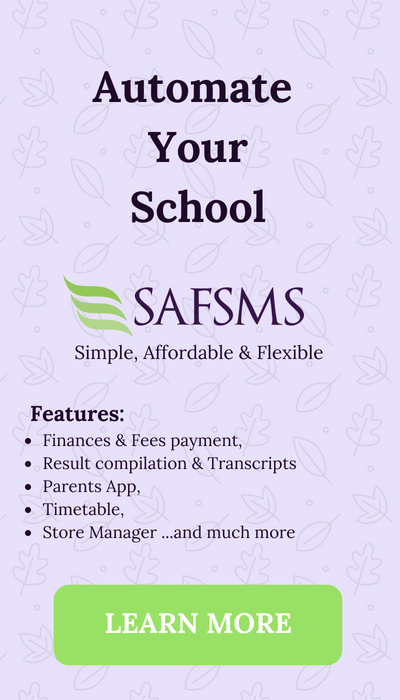We all have different types of learning styles and learn in different ways, consciously and unknowingly. We pick up knowledge from reading simple messages on the streets, in movies or even listening to everyday discussions. Remember how in order to memorize all the 7 planets, you needed to make a song in elementary school, or cut out different shapes and paste them on the class wall so we would remember how draw a square? Well, all those are our teachers tricks for addressing different abilities to comprehend at a very young age.
All these forms of information gathering can be classified into groups.
For students, learning is different for each individual as we all have unique learning styles. It is important to understand which learning style(s) works for them in order to boost their ability to comprehend.. You can also improve student motivation using these 5 ways.
What are learning styles anyway?
As the title implies, it is simply put as the style with which a person learns. Styles, here means the method through which something is comprehended. For instance, when learning to sew a dress, a student may very easily get through the process by listening to instructions and another would prefer pictorials, showing step-by-step images.
What other learning styles are there?
There are 7 different learning styles. If you can identify which group(s) you belong to, then you can leverage that to learn and assimilate efficiently.
- Visual: If you find yourself constantly doodling in order to make sense of something, you are likely a visual learner. Visual learners grasp concepts best with the use of images, diagrams, illustrations maps and videos. Representing information in this form allows students make use of their visual memory.
- Aural: if you find yourself focusing and understanding more when listening to songs and podcasts, or when someone is speaking to you aloud, rather than reading text, then you may be in the aural or auditory learning group. Like musicians and sound engineers, aural learners can quickly pick up changes in tone/pitch.
- Verbal: a verbal learner is one that benefits from the use of words, both oral and written. They are motivated by verbal instructions and written activities like scripting. They love to find new words and their meanings. Using acronyms in lessons help them remember easily.
- Physical: Physical learners are hands-on. They prefer carrying out physical activities rather than reading or listening to a lecture. Learners in this category do well with class practicals like sewing, playing instruments, pottery and painting.
- Social: Often called interpersonal learning, they do well at communicating and socializing with people. They enjoy learning and working with others and will do great in study groups. Learn how to convert your friends into study groups and maximise your learning potentials. Social learners are great with team-based tasks as they communicate well to get things done.
- Logical: if you use logical and mathematical reasoning to understand ideas , you are a logical learner. These learners constantly try to find the reason behind concepts and are great with numbers.
- Solitary: These are intrapersonal learners, they learn best when alone and can focus on thoughts which largely impact their performance.
A student adopts at least one or a combination of different learning styles in order to understand effectively. The ideal classroom teaching strategy should involve a balanced combination of most of these styles. Which learning style(s) works best for you?
Share this post on social media if you liked it!








So wonderful and interesting. The scheme is loaded.